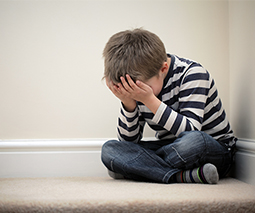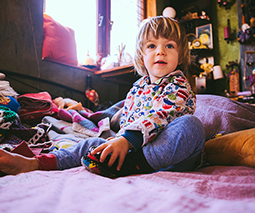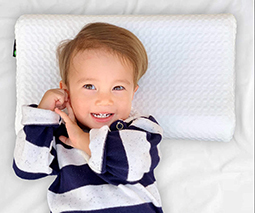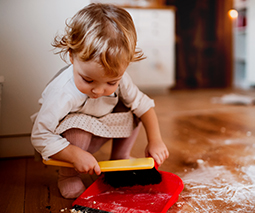How to help your child give up the dummy
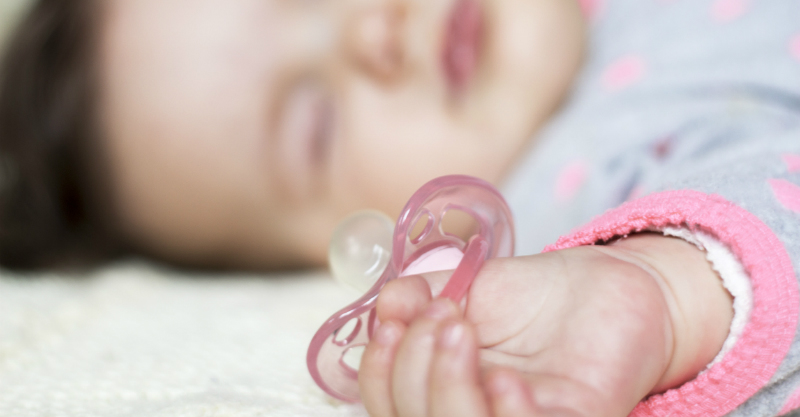
Does your child love their dummy? It’s totally normal and fine if they do. And if you find they’re a helpful tool, stick with it. If, however, you’re starting to think the dummies need to go, there are some gentle ways to help your child give them up.
A bit of perspective
First things first, just to be clear – there’s nothing wrong with using a dummy. They tend to get a bad rap, and can cause a bit of anxiety for parents, but the truth is, many many children love their dummies and get a lot of comfort from them. Like a beloved blanket or toy, a dummy is a comfort object that can help small children relax and manage stress or anxiety. Eventually, some give their dummies up without much fuss. Others find it harder to let go. As a parent, it’s ultimately your decision on the right time to ditch the dummies.
So have a think about what’s working (and not working) for you, and try not to feel pressured by other people’s opinions. Some parents find that, over time, the dummies can become difficult to manage – they get lost easily, they need cleaning, and they can impede communication. If you’re finding this to be the case and feel it’s time to move on, then try a gradual approach with these helpful ideas:
Plan ahead
Try to avoid dummy removal during any bumpy patches in your life when your child might be experiencing a lot of change or stress. If possible, make sure the weaning doesn’t coincide with big life events like starting daycare, moving house, or potty training.
Talk about it
Not exactly applicable if you’re weaning a 6-month old baby, but if you’re dealing with a fully-fledged toddler who is not impressed with losing his precious binky, then sometimes just explaining what’s going to happen can help. You could get creative here and ask your toddler to help with the process. Maybe you need to ‘send the dummies off’ to other kids who need them. Maybe the dummy ‘needs a sleep’ during the day. Whatever works.
Set limits
When the time is right, start setting some limits on when and where the dummy can be used. For example: nap time only, car rides, or inside the cot. Be patient, there’ll be some additional fussing and maybe some sleeplessness, but this transition period will help your child adjust to being without the dummy for short periods.
Set a date and stick to it
Now the hard part: choose a day when the dummy must go. If you’re weaning a baby under 12 months, you can simply go cold turkey here. Throw the dummies in the bin and prepare yourself for a few rough days and nights. If your child is older, you might want to explain what’s going on. Perhaps you can throw the dummies out together (works for some!), or you could mark the occasion with a special celebration or treat.
Stay strong
It will not be easy. There will be protests and tantrums. But whatever you do, don’t turn back. Once the dummies are gone, they’re gone for good. Stay firm and consistent and your toddler will eventually follow your lead.
Think long term
When it all starts to feel too hard, remember why you’re doing this. Life post-dummy will be easier, and children are wonderfully resilient little creatures. It’s tough, we know, but you won’t regret it.

